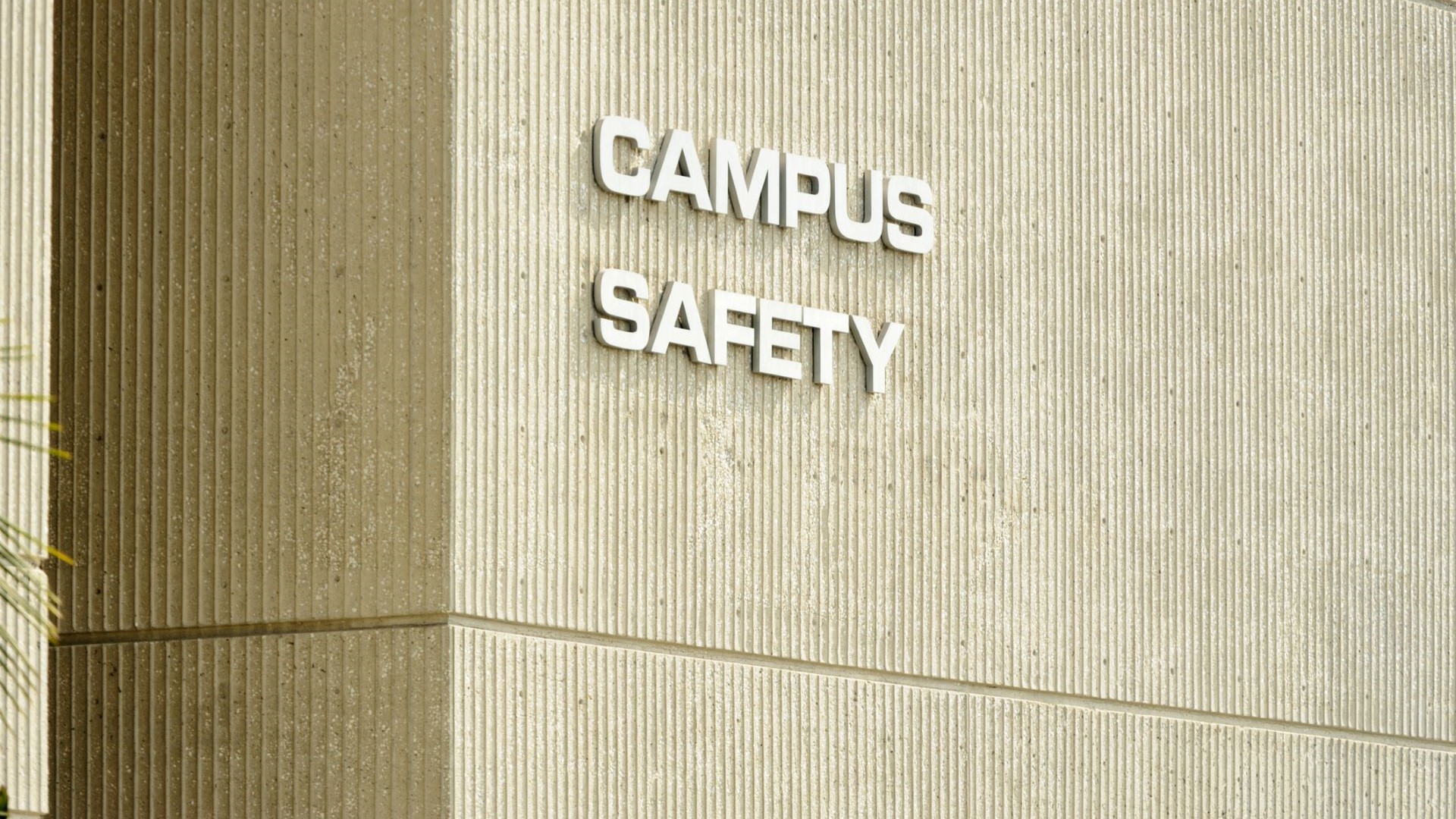Using Alternative Response Options in Campus Safety

Alternative response models are growing in popularity as colleges and universities explore options to keep their communities safe.
These models consider what law enforcement tasks civilian professionals may address, freeing up police to handle calls requiring their presence. Institutions can then leverage the right resources to address campus safety needs and relieve police officers of tasks that don’t require them. Having a differential response to calls, rather than simply always sending law enforcement, is key.
Response Options
With a co-responder model, a civilian resource person deploys alongside the police or campus safety officer. The most common co-response model pairs a trained campus safety officer with a mental health professional. This team uses an interdisciplinary team approach when it responds to behavioral emergencies. Specialized training enables a cooperative response to assess, triage, follow up with, and then refer the person in crisis to the appropriate care.
Alternative response models let community service officers or other non-sworn professionals handle non-emergencies. For example, mental health or social workers may respond to non-violent psychological, behavioral, or substance abuse crises. Residential life or facility staff may respond for building lockouts, after-hours escort services, or noise complaints.
Understand Your Community
Every institution must evaluate its community and campus needs to determine the best model.
- Conduct community listening sessions and engagement meetings (in person or virtually) to solicit students’ concerns ideas and concerns.
- Focus on getting a range of viewpoints, especially from people representing a variety of racial, cultural, and social identities. This helps you tailor your program to your community.
Analyze Your Emergency Response Calls
To help determine which model would be most efficient and effective for your campus, examine calls your emergency response center receives.
Track calls always requiring a police response (such as sexual assault, burglaries, robberies, and death investigations) as well as low-level offenses (including larcenies and vandalism).
Then tally calls for service that don’t necessarily require law enforcement, such as:
- Medical assists
- Mental health emergencies
- Well-being checks
- Key service
- Lockouts
- Jump starts
- Noise complaints
Consider which and how many of these calls your institution could delegate to a non-law enforcement responder. Understand how these categories let you leverage your campus resources most effectively.
Consider Student Employees
Depending on your program choice, there may be opportunities to hire student employees to help. For example, Virginia Commonwealth University created Student Safety Ambassador positions as a subordinate function of the full-time safety ambassador role. Student Safety Ambassadors handle many routine tasks and help police with special events like athletic games. They also participate in high visibility patrols of student spaces like the library and dining hall.
Train Your Responders
Creating a department-specific training program is important since many of the most qualified people for alternative response positions won’t have law enforcement backgrounds.
Consider these training topics:
- CPR/automated external defibrillator and first-aid training
- Traffic direction training
- Crisis intervention/de-escalation training
- Anti-oppression training, including implicit bias, intercultural competence, and community policing
- Recovered property protocols, including logging evidence
- Sexual assault reporting and trauma-informed interactions
Integrate Your Program Into Campus
Once you put an alternative response program in place, spread the word.
- Educate students, faculty and staff about the responder roles.
- Build relationships between students and your alternative responders using a community-orientation approach that generates trust by building relationships and positive interactions before a crisis occurs.
- Create opportunities for students, faculty, and staff to voice concerns or suggest improvements and integrate appropriate suggestions into your program.
More From UE
About the Author
-

Christine McHugh, Esq., ARM
Associate Vice President of Risk Management
Christine is responsible for providing day-to-day management of the Risk Management department’s functional operations and works cross-functionally to advance the department’s ability to meet UE goals, objectives, and provide sound thought leadership to the educational community. Before being promoted to the role in June 2024, Christine was a Senior Risk Management Counsel. Her areas of expertise were employment law, sexual assault prevention, protection of minors, traumatic brain injury, and diversity, equity, and inclusion. Prior to joining the Risk Research team, she handled UE liability claims for several years. She previously practiced employment and higher education law.





